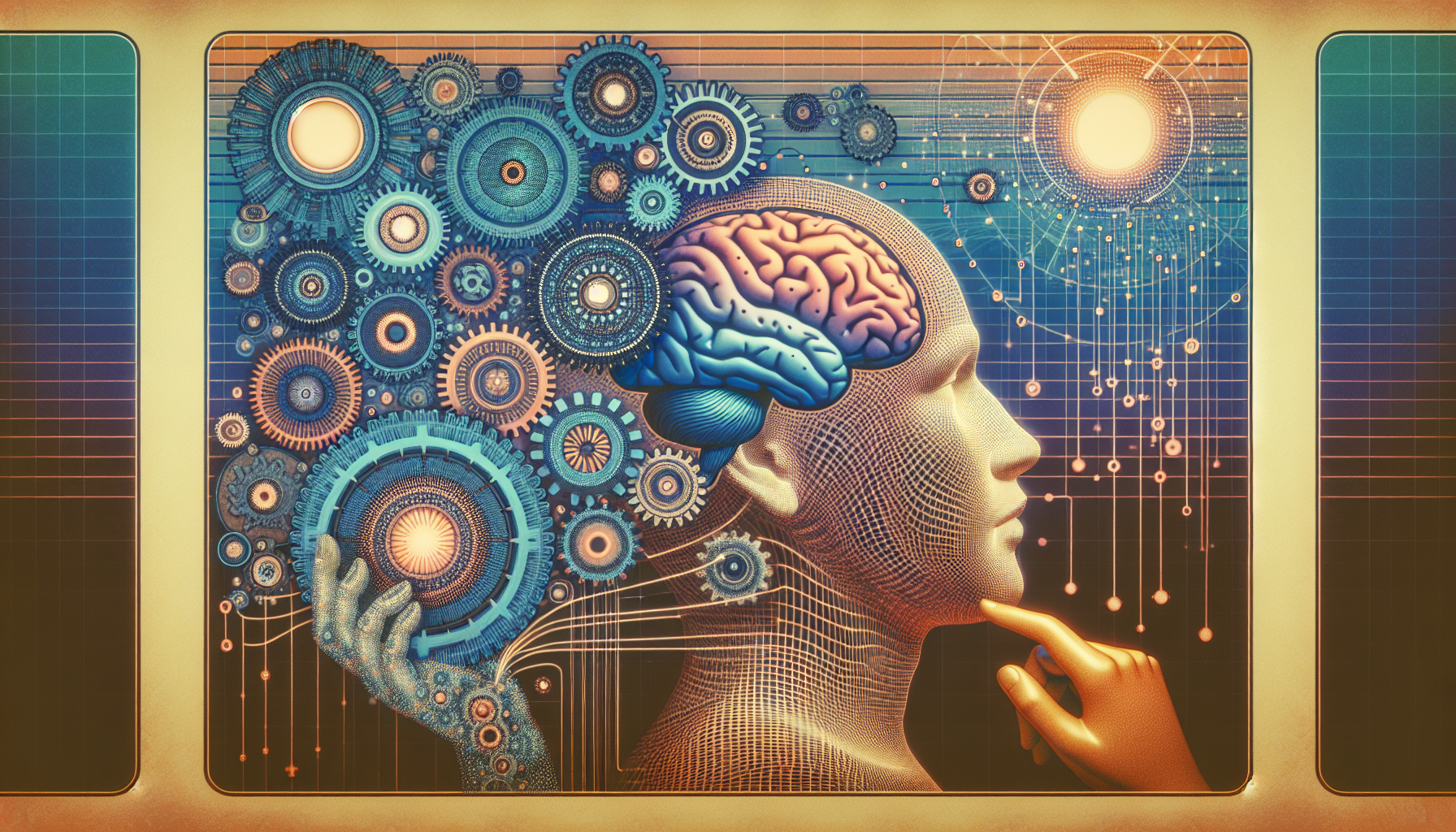In an inspiring leap forward, scientists have created a remarkable AI model that can examine an entire night’s sleep with astonishing precision. This new model is set to transform sleep research by offering profound insights into sleep habits and disorders, shedding light on the pivotal role sleep plays in our well-being.
Key Features of the New AI Model
Comprehensive Analysis: Traditionally, sleep studies have relied on analyzing short periods of data, often done manually. Even existing AI models have only managed to interpret brief 30-second snippets. However, this new model changes the game by assessing all sleep data from an entire night. This thorough method captures intricate patterns, setting a new standard in sleep analysis, and promises scalability for future applications.
Advanced Technology: Introducing the Patch-Foundational-Transformer for Sleep (PFTSleep). This model is built on the same revolutionary technology found in advanced language models. It meticulously studies brain waves, muscle activity, heart rhythm, and breathing patterns, all to accurately pinpoint various sleep stages.
Training Methodology: The model’s strength comes from a vast training regime using over a million hours of sleep data. Employing a self-supervised learning approach, it identifies vital clinical features without needing human input for labeling, enhancing its analysis capabilities.
Implications for Sleep Health
The inception of this AI model has profound implications for both clinical use and personal health management:
- Clinical Applications: By refining sleep analysis procedures and ensuring consistency, the model offers potential breakthroughs in identifying sleep disorders such as sleep apnea. It may also predict risks linked to poor sleep quality.
- Personalized Management: Individuals gain actionable insights into their sleep patterns, empowering them to make decisions that enhance sleep quality and reduce health concerns tied to sleep deficiencies.
- Population Health: The model’s capacity to process voluminous data sets can inform public health initiatives, integrating environmental, behavioral, and physiological data for comprehensive health strategies.
Future Developments
The current model complements existing clinical expertise and promises further advancements. Upcoming research aims to deepen its functions, moving beyond merely classifying sleep stages to detecting disorders and predicting health risks. As AI continues to integrate into sleep research, it is likely to reshape our grasp of sleep and foster developments in sleep health therapies and practices.
In summary, this AI model heralds a new era in sleep research, presenting exciting possibilities for enhanced sleep diagnostics and care. As technological advancements persist, there’s potential to greatly expand our understanding of sleep behaviors and their effects on health.

Leave a Reply